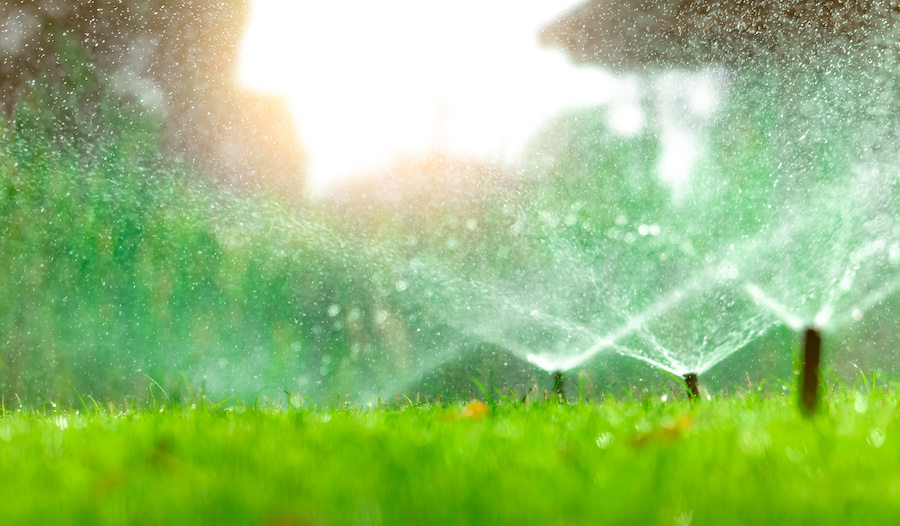Tips for conserving water amid drought in eastern Idaho
Published at | Updated at
We are in a drought. Farmers are having their irrigation shut off. Municipalities are limiting when and how much homeowners can irrigate. Temperatures are soaring, and where does it stop? We don’t know.
Water conservation should be a way of life in the Intermountain West. It is possible to have a nice-looking water-wise landscape around our homes. An added benefit is that it will lower the water bill for many of us. Here are three ways we can save water:
- Repair leaks
- Install water-saving devices
- Improve water management
Repair leaks
A leak is when water goes where it is not intended, or at a rate that was not intended. Check all your valves, hose connections, lines, and sprinkler heads for leaks and misalignments and repair as soon as possible. Leaks can develop at any time, so check your system throughout the summer. Even poorly designed systems could be considered leaks. The sprinkler system I inherited at my current house has zones with three different types of sprinklers. They all have different precipitation rates. It’s taking a little time and money, but I am gradually getting it all corrected. Get your system to apply water as evenly as possible. No system will be perfectly even.
Install water-saving devices
Sprinkler irrigation is more efficient than flood irrigation. Drip irrigation is more efficient than sprinkler irrigation. We use efficiency to determine approximately how much of the water is being used by the plants. Good flood irrigation is about 50% efficient. Well-designed and operated sprinklers will be about 75% efficient. I’ve seen a lot of sprinkler systems that are below 50% efficiency. Drip irrigation is about 90% efficient when operated properly. One hundred percent efficiency is impractical and usually results in under-watered plants.
Improve water management
Once you get your system up to snuff, it needs to be operated in such a way as to provide the right amount of water at the right time. A big part of water management is to group plants with similar water requirements. This is called hydro-zoning.
Some plants are drought tolerant, some require moderate supplemental water and some require regular irrigation. Turf grass is one of the highest users of water in our landscapes. Do your research and place plants according to your needs into groups of similar water requirements. Here are a couple of plant selection resources:
https://usubotanicalcenter.org/ou-files/Utah%20House%20Plant%20List.pdf
https://www.extension.uidaho.edu/publishing/pdf/BUL/BUL0862.pdf
A 3 – 6” mulch will shield the soil from the harsh sunlight and help conserve water. Coarse wood chips are best, but anything that is not toxic is better than nothing.
Last of all, if you have an automatic timer for your home irrigation system, manage it. Unless you go on vacation, you should be turning the system on when the plants need it. When the soil is moist, a long screwdriver or rod can be easily pushed into the ground. As the soil dries it will become more difficult. If you combine this technique with how the plants look you will soon learn to “read” your plants.
Don’t let your plants die during this drought — water them properly.

In the Garden is sponsored by ProPeat, which is dedicated to delivering solutions for any of your professional fertilization needs. Whether you need to reduce the harm to soils and the environment, or you're interested in the latest nitrogen, carbon and biochemical technologies, ProPeat is the perfect fit.


